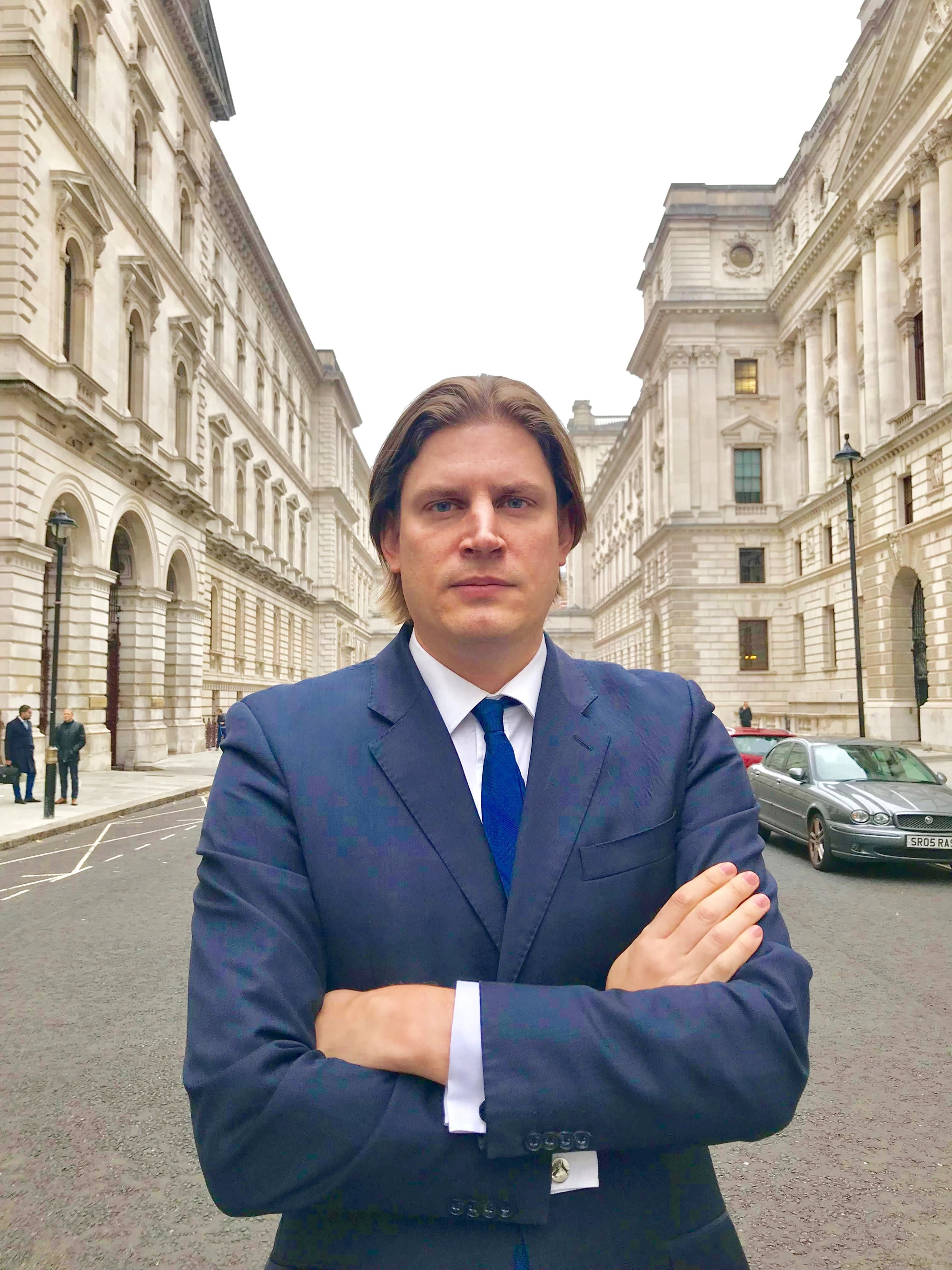Photo Credit: Flickr user highwaysagency
Infrastructure often makes headlines – and the sentiment is not always positive. Major projects must navigate a minefield of potential problems. One that is frequently overlooked is how the local community will react to the physical and environmental disruption that comes with major construction projects.
Achieving consensus and winning the ‘hearts and minds’ of stakeholders and affected communities for the construction of major infrastructure schemes can be challenging, but it is essential to deliver a successful project that benefits everyone in the community.
Gary Sargent, an engagement director from CJ Associates, is involved in a two-year consultation program for a major highway scheme in the United Kingdom and helped the authority design an integrated stakeholder engagement, communications and consultation strategy.
Here is Sargent’s advice:
The aim is simple: to obtain information and incorporate a broad spectrum of stakeholder views into route options, develop growing support and advocacy for the scheme, and encourage participation via public consultation. Execution, however, is far more complicated.
To deliver a desired outcome, CJ Associates engaged more than 150 stakeholders in the process of selecting route options, held more than 265 meetings over a two-year period to obtain technical information, sought feedback and input, and kept stakeholders regularly updated. They planned and delivered a major public consultation with more than 47,000 responses – the largest ever for a UK road project.
By working closely with community representatives, local authorities, environmental bodies, and customer and industry groups the engagement team ensured stakeholders had confidence in the process and the project options were developed with local knowledge, priorities and impacts taken into consideration. The approach was to achieve a number of desired outcomes, including maximizing support for the project, minimizing objections and helping identify the most appropriate solution to the existing transport challenges.
To achieve these outcomes, a three-phased approach to engagement was implemented:
Phase 1 – Options Development: As the options for construction type and location were developed, the team engaged a range of stakeholders and key influencers within central and local government, industry, environmental bodies and the client organization to obtain technical information, understand local needs and priorities and build support for the project.
Phase 2 – Public Consultation: During this major public consultation period, the team built on Phase 1 supporting refinement of the options and building momentum and advocacy among wider stakeholder groups and encouraging participation in the public consultation.
Phase 3 – Preparing for Preferred Route Announcement: While consultation responses were analyzed, Sargent and the team maintained proactive engagement with existing and selected new stakeholders to clarify consultation responses and maintain momentum and advocacy.
Through the engagement, Sargent noted a positive shift in attitudes and opinions towards the project. Innovative methods were employed that went above and beyond what would be considered ‘business as usual’ by taking a highly proactive and partnership-based approach to engaging key project stakeholders.
A key outcome from Phase 1 engagement was the clear and growing consensus among stakeholders on the need for the new infrastructure, the problems it will solve and the benefits it could help deliver: jobs, new homes, improved connectivity.
Phase 2 engagement was critical in delivering an emerging consensus on a specific location. Following the public consultation, industry, political, local authority stakeholders and the community were calling for a swift government decision to move the project forward.
Collaborative engagement with a number of influential industry players, including major port operators, businesses and landowners, led to the formation of an Industry Stakeholder Group, which has since evolved to become an advocacy group for the project and provided extensive and positive feedback on engagement. Statutory environmental bodies welcomed the opportunity for early and extensive engagement, and commended the project team on how positive the experience unfolded.
To understand the views and needs of local businesses, Sargent and the team recommended that the client conduct a survey on businesses experiences with the existing problem and what the new solution would mean to their future growth. More than 800 businesses responded to the survey, which was widely promoted by industry stakeholders. The results demonstrated that proponents were listening to local businesses, understanding their problems, and taking this into account as component of the solution.
All of the activities outlined above, combined with a strategic determination to deliver a meaningful experience – through explanation and listening – for stakeholders and community members alike is key to the success of major projects.
In an environment where social media gives everyone a voice and public sentiment is of empowerment, independence and even defiance, it has never been more important to be completely transparent and involve stakeholders and the local community in the planning and decision making for new infrastructure. Good planning, better communication and genuine empathy go a long way towards preventing unnecessary conflicts and negative headlines in the future.
Disclaimer: The content of this blog does not necessarily reflect the views of the World Bank Group, its Board of Executive Directors, staff or the governments it represents. The World Bank Group does not guarantee the accuracy of the data, findings, or analysis in this post.
Related Posts:
Social enterprise and infrastructure morality
10 candid career questions with PPP professionals – John Kjorstad
Disclaimer: The content of this blog does not necessarily reflect the views of the World Bank Group, its Board of Executive Directors, staff or the governments it represents. The World Bank Group does not guarantee the accuracy of the data, findings, or analysis in this post.



Join the Conversation